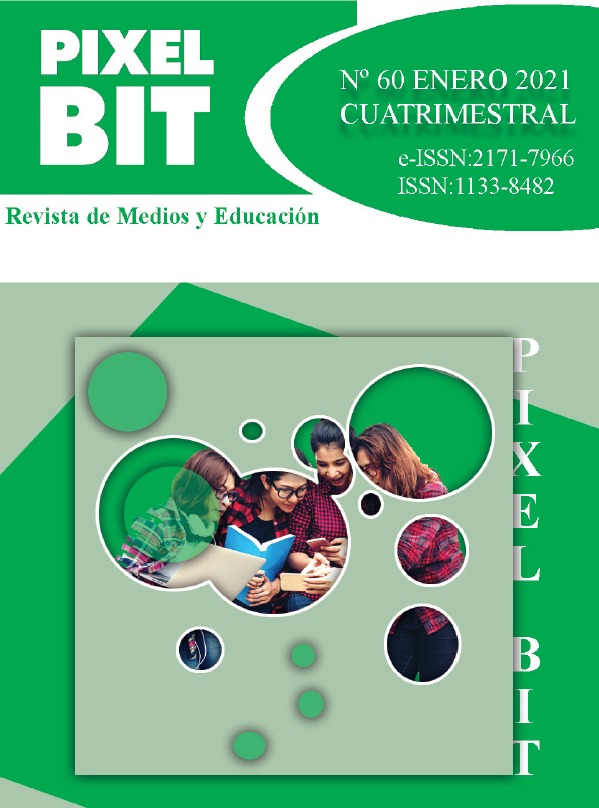Resumen
El elevado nivel de penetración del smartphone junto con su reducido coste de implementación en el ámbito educativo –en particular en países en desarrollo– hacen que organismos como la UNESCO apuesten por las posibilidades formativas de estos dispositivos tanto para modelos de e-learning como de blended learning y hacen que hoy el m-learning sea una tendencia educativa en crecimiento a nivel mundial.
Este artículo presenta los hábitos de uso de aplicaciones para la comunicación y el aprendizaje móvil por parte de alumnado de educación superior e identifica factores que pueden favorecer la intención de adoptar herramientas de m-learning basadas en el smartphone entre el alumnado universitario. Para ello se administró un cuestionario basado en el modelo UTAUT2 de adopción de tecnología a 176 estudiantes de distintos cursos del Grado en Publicidad y Relaciones Públicas de la Universidad de Vigo. Los resultados muestran los principales usos que hacen los estudiantes del smartphone, sus preferencias en cuanto a la utilización del dispositivo para el aprendizaje y la importancia de la dimensión lúdica del m-learning en la intención de adoptar este modelo.

